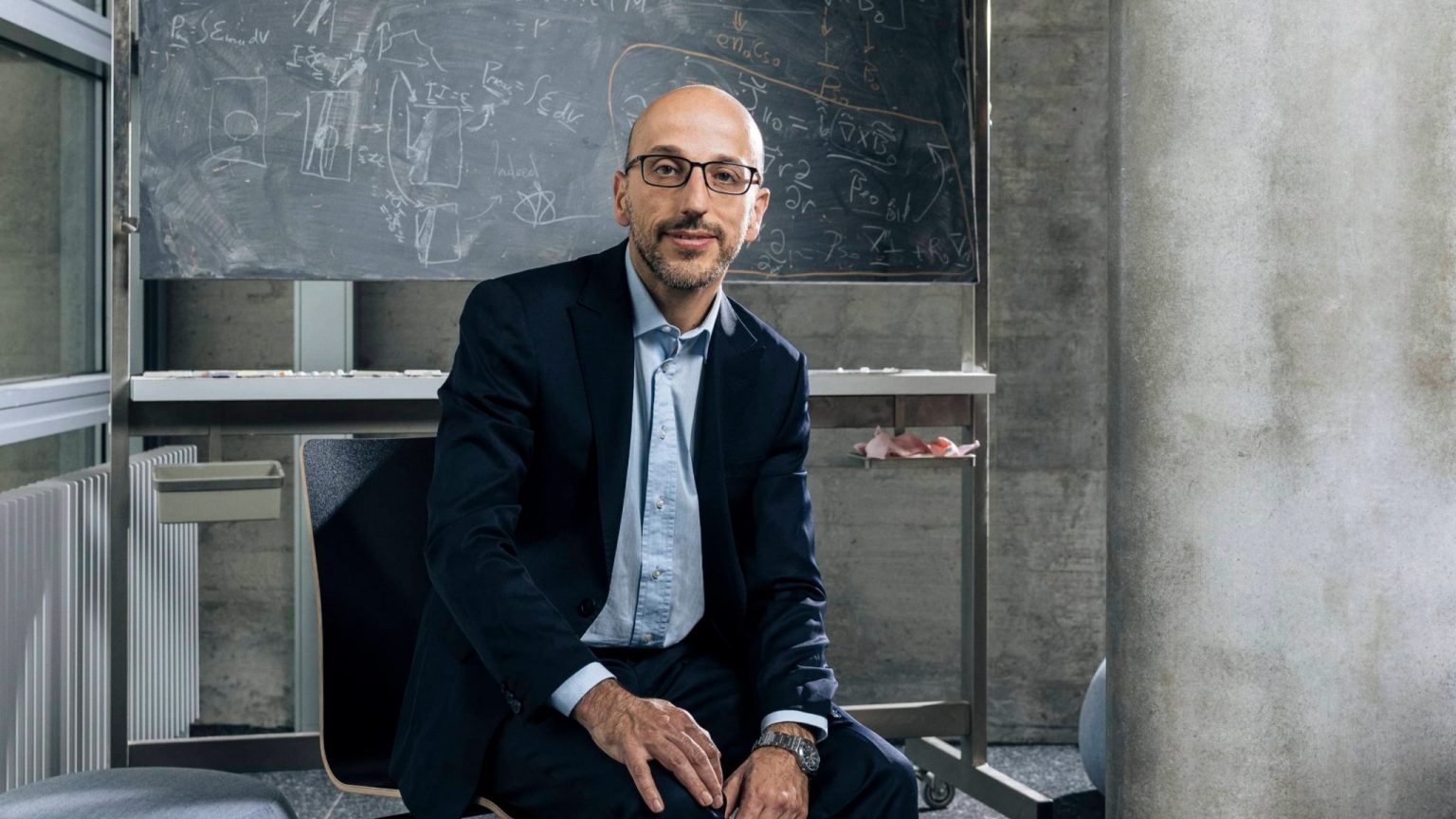Message from the Director

Paolo Ricci, Director of the Swiss Plasma Center / © Nicolas Schopfer
Fusion has the potential to solve some of the most pressing issues humanity is facing today by providing everyone with an abundant, safe, and clean source of energy.
Since its establishment as the Plasma Physics Laboratory in 1961, the Swiss Plasma Center has made crucial contributions to the realization of fusion energy by advancing our understanding of plasma physics and fostering the use of plasmas for industrial applications.
Today, with 200 outstanding collaborators, including a cohort of 40 Ph.D. students, the Swiss Plasma Center is a center of the EPFL, benefiting from its vibrant atmosphere and contributing to its research, education, and innovation missions. It operates the TCV tokamak, the largest facility on the EPFL campus and one of the most significant fusion experiments worldwide, the SULTAN superconductivity test facility at the Paul Scherrer Institute (PSI), and basic plasma physics experiments such as TORPEX and RAID. Together with the activities of the theory and numerical simulation group, these experiments provide essential predictions for the operation and design of future fusion devices like ITER and DEMO.
The Swiss Plasma Center’s activities constitute Switzerland’s contribution to the worldwide fusion effort and are fully embedded in the European fusion effort coordinated by the EUROfusion consortium.
Welcome to our website, and thank you for exploring our diverse activities.
Paolo Ricci, Director of the Swiss Plasma Center